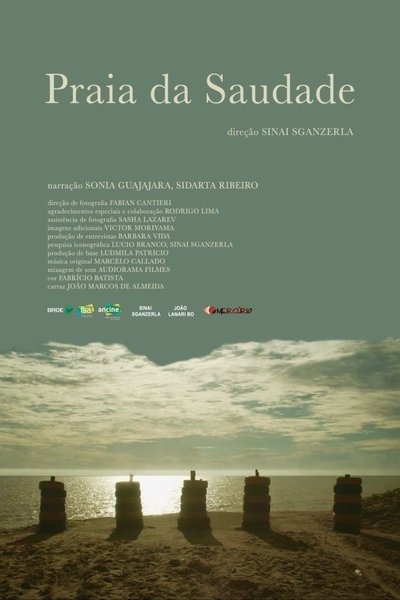Praia da Saudade
Genres
Documentary
OverView
A documentary about climate change in Brazil, especially at Atafona Beach (in the Campos de Goytacazes region), which is being swallowed up by the sea. Narrated by Sonia Guajajara and Sidarta Ribeiro, the film deals with the genocide of the native people of Goytacazes.
Others
Budget
$--
Revenue
$--
Status
Released
Original Language
Portuguese
Runtime
78 mins
Rating
10/10
Release Date
11 January 2024
Country
Brazil


